Understanding India’s Current Political Climate
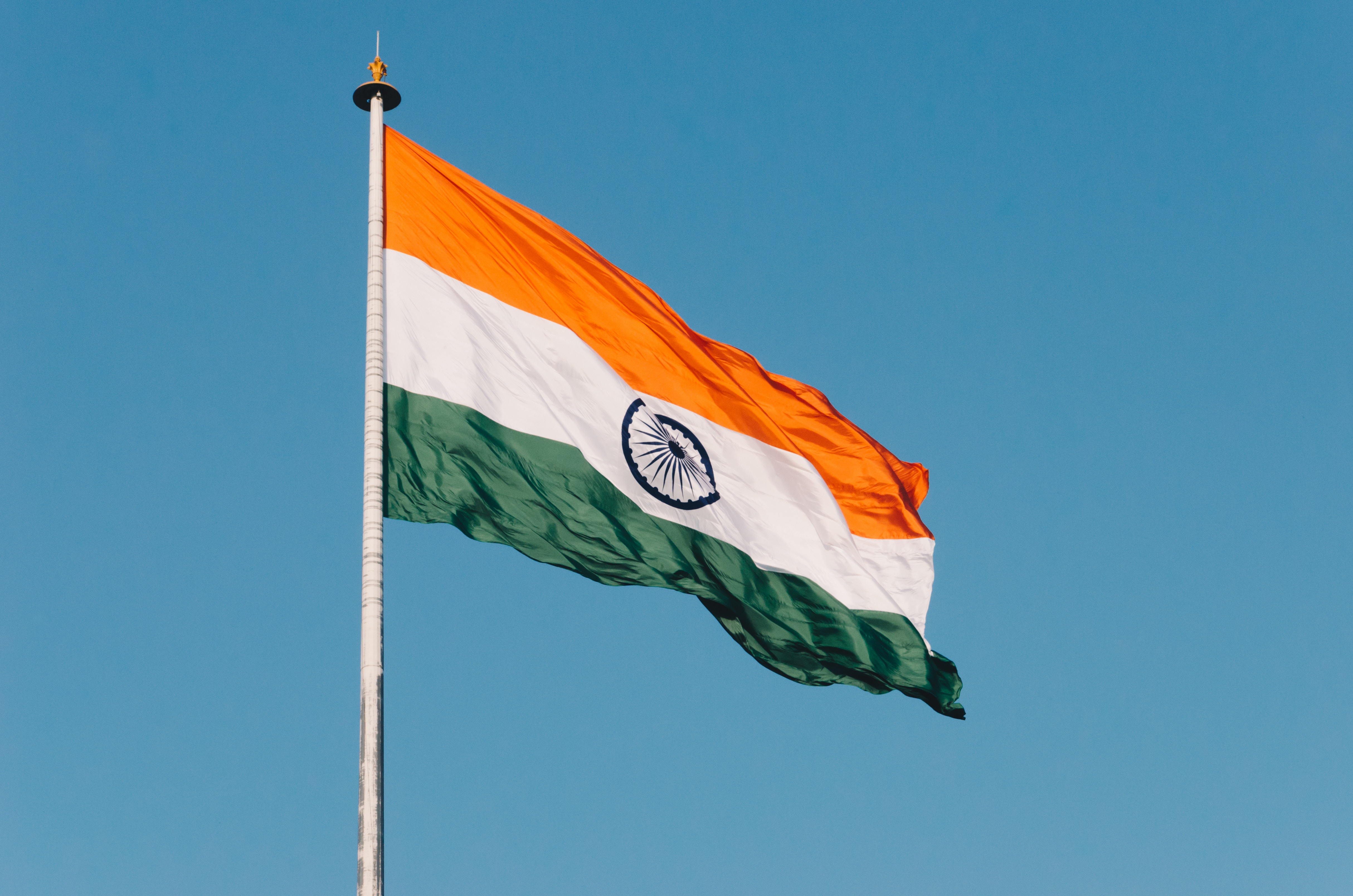
Till a few decades back, India was seen as the land of snake charmers and the great Indian rope trick. Cut to 2019, India has climbed up that very rope, and become a global power to reckon with. By heading the war on plastic, taking a strong stand against border violations and strengthening ties with other countries, Narendra Modi, the man who himself started at the bottom of the rope, has established the image of India as a strong, progressive nation that will not be afraid to take leaps and bounds to become a superpower. His rousing reception at Houston, with more than 50,000 people in attendance, is a testament to the fact that we can charm the world better than we can charm snakes.
However, all this has come at a cost. The current idea of homogeneity has ironically led to the alienation of many communities, in the form of lynchings and loss of autonomy. The media is also being used as a tool of propaganda and agenda-setting by both the dominant party and the Opposition. This forcible dumping of the dominant ideology on those who have a distinct culture is counteractive to the very idea of India. Development and nationalism are important, but shouldn’t come at the cost of shedding India’s unique social fabric.
Here’s a look at the many different voices who attempt to understand India’s current political climate:
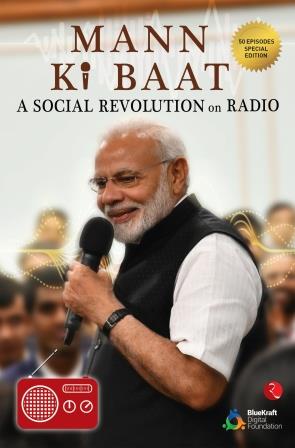
Mann Ki Baat: A Social Revolution on Radio — ‘Mann Ki Baat’, Prime Minister Narendra Modi’s popular and ubiquitous monthly radio address has developed into a tour de force in itself. This book displays the common thread of positivity and optimism that Prime Minister Modi has woven through his ‘Mann Ki Baat’ and how this thread has been picked up by common Indians and turned into a mass movement. This is a rare and exclusive opportunity for readers to discover the unknown facets of the Prime Minister’s thinking and beliefs.

The RSS: Roadmaps for the 21st Century — So, what is the RSS’s imagination for India? If India becomes a Hindu Rashtra, what will be the place of Muslims and other faiths in it? How big is the RSS project of history writing? Will Hindutva override caste politics? And what is the RSS view of social issues pertaining to the changing nature of family, the rights of people with different sexual orientations and the third gender? These contentious questions are just a few of the myriad political and social issues that Sunil Ambekar, a high-ranking pracharak, analyses in this book.
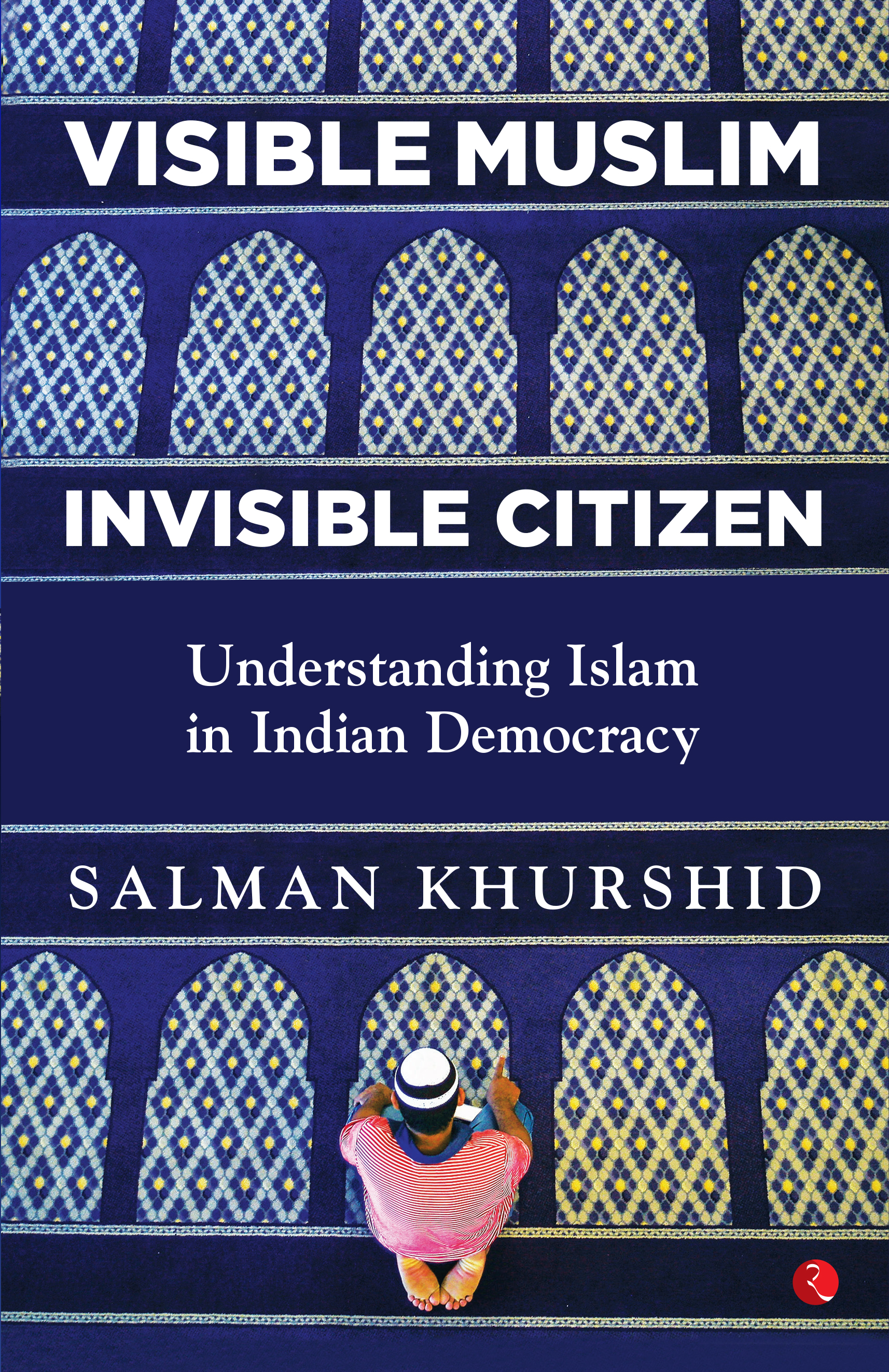
Visible Muslim, Invisible Citizen: Understanding Islam in Indian Democracy — Our understanding of religion in modern India is, amongst others, greatly influenced by Hinduism as we have known it over the years and the distorted aggressive political statement of Hindutva. In the highly polarized milieu of recent times, Salman Khurshid attempts to place Islam in the context of modernism, and the Indian Muslim in the perspective of contemporary politics.

Kashmir: Rage and Reason — Blending analyses with anecdotes, this book is the Valley’s new-age writing, which traces, in lucid language, the region’s tortured history, the many facets of Kashmiri nationalism, and the betrayals. The author has woven together his anecdotes and people’s narratives from ground zero to give us the real picture in all its starkness, minus any journalistic dressing.
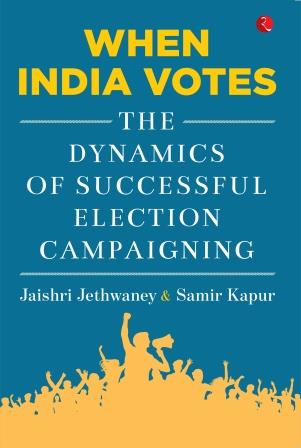
When India Votes: The Dynamics of Successful Election Campaigning — Elections have always been festive occasions in liberal democracies, and India is no exception. Media becomes one of the most important players in elections because of its power of reach and agenda-setting. This book looks at the theoretical underpinnings of the relationship between democracy, mass media and election campaigning, as well as representative campaigns of the last three decades of the two major players, viz. the Congress and BJP.
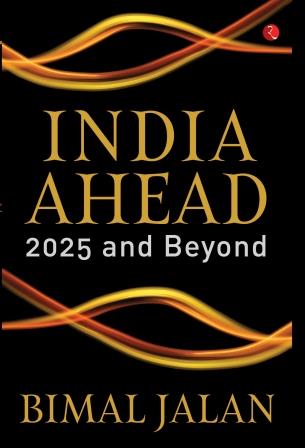
India Ahead: 2025 and Beyond – The primary focus of this book is to promote the country’s national interest in the long run, irrespective of any party-specific political agenda—be it the right, the left, or the in-between. The strength of this book lies in the fact that its suggestions are relevant for any party, or coalition of parties, that come into power.
*******
Click on the book titles to learn more about the book.
*******

